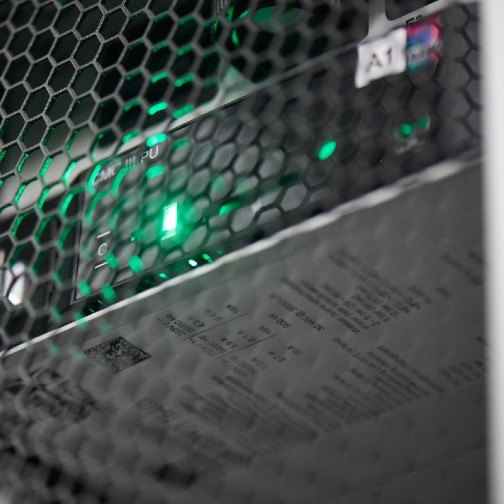
One common theme across industries, companies, and end user alike is the desire and expectation to quickly access information. The need for speed is apparent as data from inventory and production capacity to operations and maintenance need to be readily available. The requirement is that relevant information is accessible in a timely manner allowing users to assess needs quickly and accurately to react promptly and prevent disruptions.
Just as increased automation and new technologies drove IoT and Industry 4.0, the demand for data is on the rise leading the way to Edge solutions.
What is Edge computing and where is it located?
Edge computing is defined as having data processing power that can be accessed and acted upon at a hyper local level. The purpose of Edge computing is to speed up access to all this data by bringing the network closer to the source and optimizing operational technology (OT) by responding to business needs in a timely manner. Latency will be reduced as connectivity and reliability are improved.
Supporting Edge Computing and applications is the Edge installation - a standalone footprint in a warehouse, distribution center, or freight forwarding facility that consists of IT appliances supporting edge applications, and computing. It is physically located at the edge of operations, where the data is needed - the closest point to operations that data can be safely and securely housed and accessed. This leads to improved analytics.
1). Three Factors Driving the Need for Edge Trends
Technology is rapidly advancing driving the adoption of processes to enhance productivity and streamline operations. Sensors are being used throughout facilities enabling the Industrial Internet of Things (IIoT). Mix in rising data needs and additional 5G support, bandwidth resources quickly become consumed.
Companies and consumers continue transitioning to new technologies requiring increased connectivity and data resources. Adoption of data driven and supported technology will only continue to increase. However, this increase in demand leads to data transfer latency due to overwhelming the limited bandwidth. Bringing the source of the data close to where it’s needed allows companies to overcome this challenge so they can continue reacting in real-time.
2). Operations
In operations, every stage is critical to streamlining the supply chain. Data and systems are being decentralized in favor of localized data systems to prevent delays and downtime. Accessing operational, inventory, and logistics data in real-time enhances productivity and efficiency. Local data connectivity further supports the final mile – the last steps to the customer. Reliable high-speed communications, processing power, and accessibility at the source of the information gives companies an upper hand in fulfilling end-user expectations.
3). Pandemic
Everyone has seen effects on how normal daily business operations are being conducted due to the pandemic. It was, and for many continues to be, a disruptive force pushing companies to quickly implement remote applications and data driven technology. For facilities to adjust to unstable supply chains, having real-time access to data is even more critical. Localizing the source of data supports the facility’s ability to adapt to disruptions that may halt production or delivery.
Edge challenges within warehouse and distribution center operations
As with all technology, there are challenges to overcome when implementing Edge deployments. Being located at the edge of operations, in an uncontrolled environment poses hazards that are not present in a `typical’ data center. For instance, physical security is a higher concern as heavy equipment is being used. Human error such as a forklift hitting the cabinets can cause damage or downtime. Additionally, cyber security is a higher concern as access to the data may be easier due to a transient population.
These challenges can make it difficult when gaining buy in from both IT and OT teams along with support from security, logistics, and facility managers. However, understanding these concerns and putting plans in place to overcome them will help in achieving support from all parties. Then improved connection to data allowing for speed of information, accessibility, network resiliency, bandwidth capability, and reduced downtime can be realized.
Why should you choose Edge?
Edge installations are a complete solution. They provide preconfigured systems engineered to fit the needs of the environment. Edge solutions provide scalability regardless of scope, size, presence, specialization, etc. Having a preconfigured solution takes the guess work out of the design allowing confidence that data will be protected and accessible when and where it’s needed. Edge installations are designed for use in warehouses and distribution or fulfillment centers with the goal of optimizing data connectivity for real time access to information.
Connectivity is increasingly important as automation and technologies evolve to improve efficiencies. Accessing data and information in real-time allows for rapid response to changes further improving productivity and streamlining the supply chain. Localizing data with Edge solutions helps companies achieve their goals and keeps operations running smoothly and efficiently.
To learn more, watch the four-part Need for Speed podcast series today.

